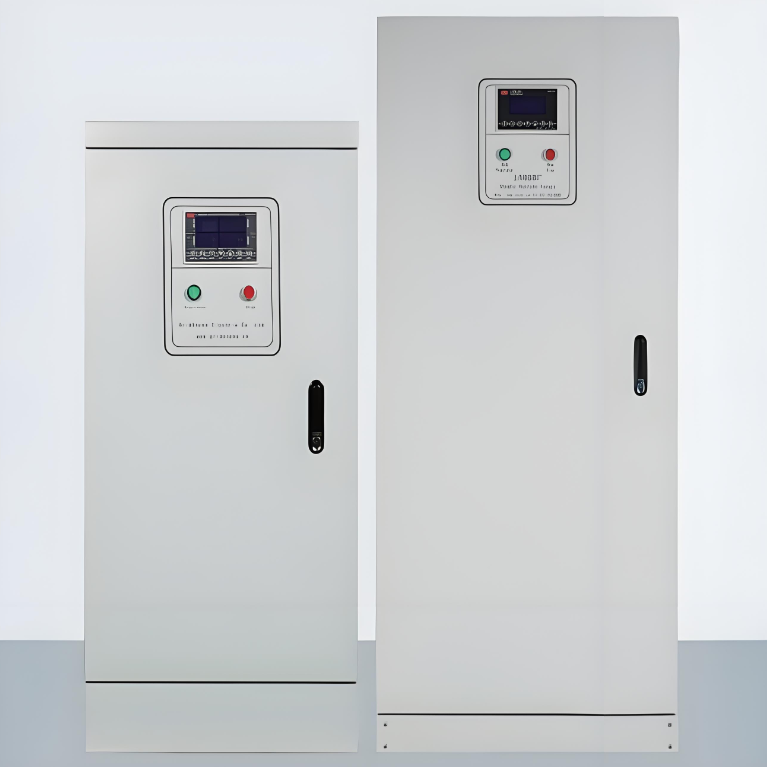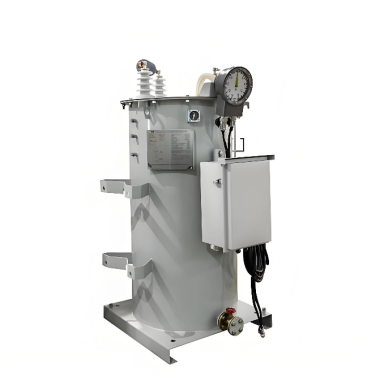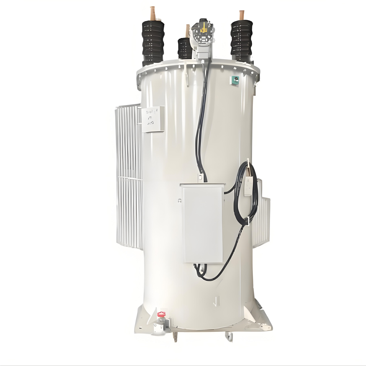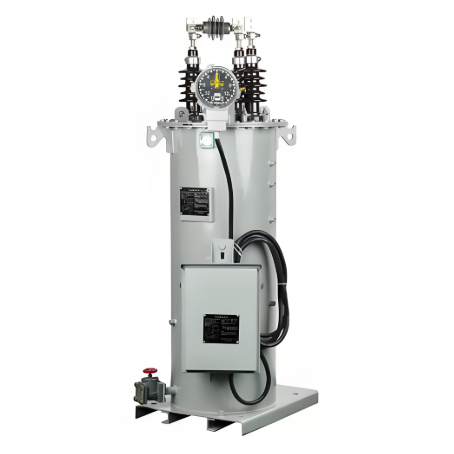Linear voltage regulators are mainly classified into two types: shunt voltage regulators and series voltage regulators. The key difference between them lies in the connection of the control element: in a shunt voltage regulator, the control element is connected in parallel with the load; in contrast, in a series voltage regulator, the control element is connected in series with the load. These two types of voltage regulator circuits operate on different principles and thus have their own advantages and disadvantages, which will be discussed in this article.
What is a Voltage Regulator?
A voltage regulator is a device that maintains the output voltage at a constant value despite variations in load current or input voltage. It is an essential component in electrical and electronic circuits, as it ensures that the DC output voltage remains within a specified range, unaffected by fluctuations in input voltage or load current.
Essentially, an unregulated DC supply voltage is converted into a regulated DC output voltage, where the output voltage does not exhibit significant variations. It should be noted that the control element is the core component of the circuit, and its placement differs between the two types of regulators.
Definition of Shunt Voltage Regulator
The figure below shows the shunt voltage regulator:
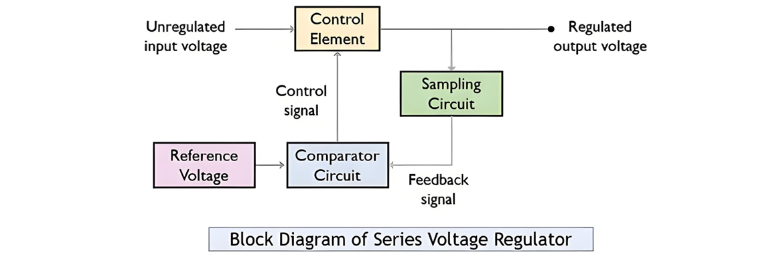
As is evident from the figure above, the control element is connected in parallel with the load—hence the name "shunt voltage regulator."
In this setup, the unregulated input voltage supplies current to the load, while a portion of the current flows through the control element (which is in a branch parallel to the load). This distribution helps maintain a stable voltage across the load. When the load voltage fluctuates, a sampling circuit sends a feedback signal to the comparator. The comparator then compares this feedback signal with a reference input; the resulting difference determines how much current must flow through the control element to keep the load voltage constant.
Definition of Series Voltage Regulator
The below-given figure represents a series voltage regulator:

In this type of voltage regulator, the control element is connected in series with the load, hence the name "series voltage regulator."
In a series voltage regulator, the control element is responsible for regulating the portion of the input voltage that reaches the output end, acting as an intermediate regulating component between the unregulated input voltage and the output voltage. Similar to shunt regulators, a part of the output signal here is also fed back to the comparator through a sampling circuit, where the comparator compares the reference input signal with the feedback signal.
Subsequently, a control signal is generated based on the output result of the comparator and transmitted to the control element, which then regulates the load voltage accordingly.
Key Differences Between Shunt and Series Voltage Regulators
Connection of the Control Element:The primary distinction lies in the placement of the control element: in shunt regulators, it is connected in parallel with the load; in series regulators, it is connected in series with the load.
Current Flow Characteristics:In shunt regulators, only a fraction of the total current flows through the control element to maintain a stable DC output. In contrast, series regulators allow the entire load current to pass through the control element.
Regulation Performance:Series voltage regulators provide better regulation accuracy compared to shunt voltage regulators.
Compensation Mechanism:To keep the load voltage constant, shunt regulators adjust the current through the control element. Series regulators, however, modify the voltage across the control element to compensate for output voltage fluctuations.
Efficiency Dependence:The efficiency of shunt regulators depends on the load current, making them unsuitable for varying load conditions. Series regulators, by contrast, have efficiency that relies on the output voltage.
Design Complexity:Shunt voltage regulators are simpler to design than series voltage regulators.
Voltage Operation Range:Shunt regulators are limited to fixed-voltage operations, while series regulators are suitable for both fixed and variable voltage applications.
Control Element Ratings:In shunt configurations, the control element is a low-current, high-voltage component (since only a portion of the load current is diverted through it). In series configurations, the control element is a low-voltage, high-current component (as the entire load current passes through it).
Conclusion
In summary, both shunt and series voltage regulators serve the core purpose of voltage regulation, but the placement of the control element in their respective circuits results in distinct operational mechanisms. Their differences in connection, current handling, regulation performance, and application scenarios make each suitable for specific use cases, as detailed in the preceding analysis.
























